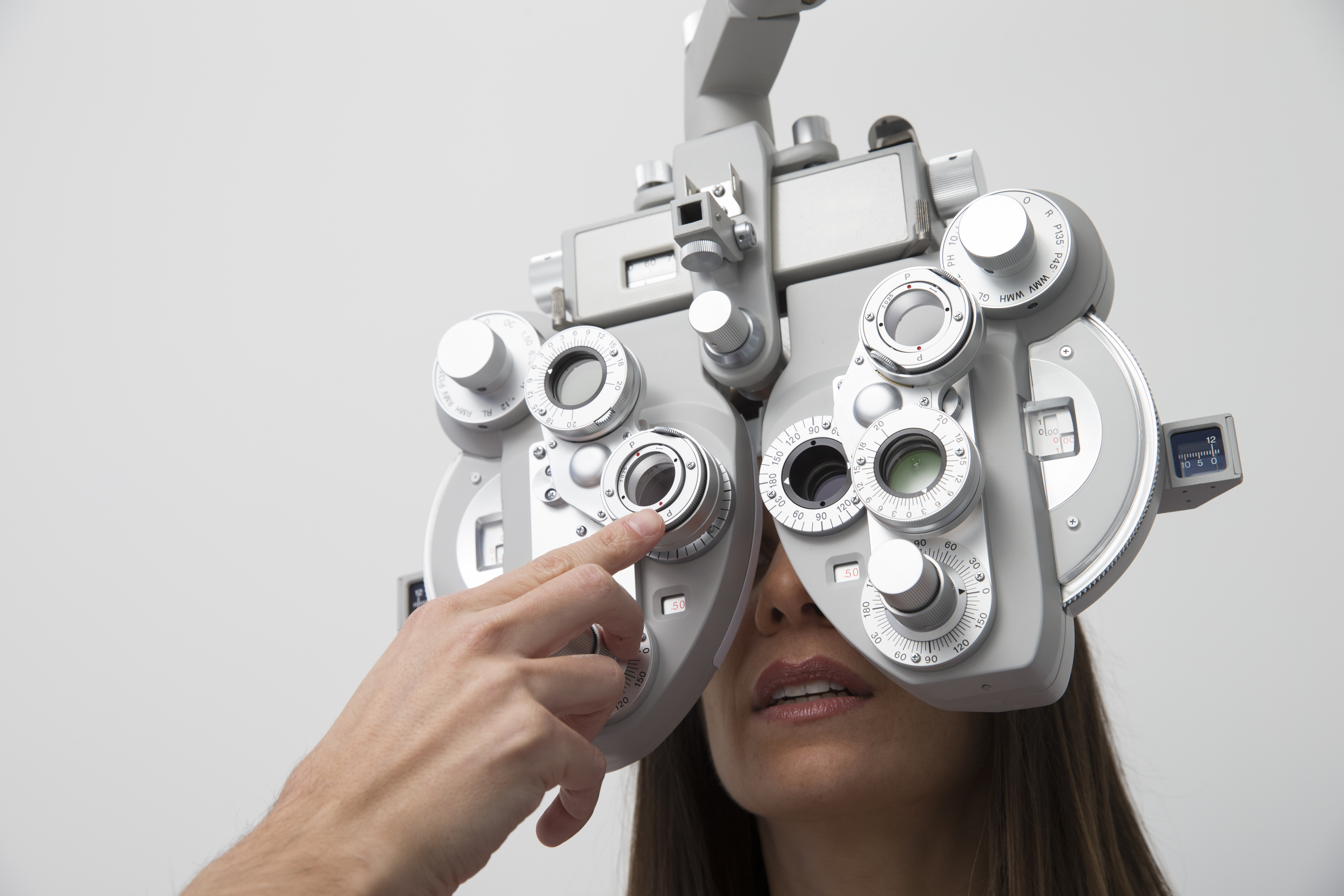 |
| A recent study identified several factors associated with self-reporting visual difficulty in the absence of objectively measured VI, including age, minority status, education, income, number of comorbidities and mental health. Photo: Getty Images. Click image to enlarge. |
Understanding the extent to which self-reported vision status reflects objectively measured visual function is necessary for properly interpreting prevalence survey data. Recently, the National Health and Aging Trends Study, a nationally representative sample of Medicare beneficiaries, introduced objective vision measures, including distance visual acuity (VA), near VA and contrast sensitivity (CS), along with their annual surveys reporting on subjective vision measures. A study published in Ophthalmology examined the performance of self-reported visual difficulty (VD) in predicting objective visual impairment (VI) in older adults and explored factors that influence any discordance in these classifications. The overall prevalence of any visual difficulty reported at all severities of distance VI was 19.7%, with 11.2% of participants reporting having any difficulty when their VI was mild, 27.5% reporting any difficulty if their VI was moderate and 47.2% reporting any difficulty with severe VI. Several populations in whom poor vision is more likely to be prevalent (older adults, Hispanics, individuals with poor income or less access to care) were those likely to have discrepancy in self-reporting visual difficulty.
The researchers used data from two separate rounds of the National Health and Aging Trends Study (2021 and 2022) to provide more robust findings and show trends in the discrepancies between self-reported difficulties and objective visual impairment. The survey introduced objective vision tests, including distance VA, near VA and CS, in 2021. The team did note that, since adults followed in 2021 were initially recruited in 2015, the included sample for the first round was >70 years old, while the sample in the second underwent replenishment and has all age groups available. Objective VI was defined as having VI in either distance VA (worse than 20/40), near VA (worse than 20/40) or CS (worse than 1.55 logCS). In the 2022 round, 4,999 adults were included.
Visual difficulty achieved an area under the curve (AUC) of 56.0 in predicting objective VI, with a sensitivity of 15.8 and specificity of 96.3. Characteristics associated with not reporting visual difficulty in adults with objective VI included: female sex (odds ratio [OR]: 0.64), Hispanic ethnicity (OR: 0.49), higher income (≥$75,000 USD, OR: 1.99), having ≥ four comorbidities (OR: 0.46) and having depressive symptoms (OR: 0.49). Meanwhile, factors associated with self-reporting visual difficulty in the absence of objective VI included Hispanic ethnicity (OR: 2.11), higher income (≥$75,000, OR: 0.27) and having anxiety symptoms (OR: 3.05).
“Among adults with objective VI, over 85% of adults did not report visual difficulty in each round,” the researchers wrote in their paper. “Further, in both rounds, adults with less income were less likely to report any difficulty amongst adults with objective VI. On the other hand, among adults without objective VI, around 3% of adults reported visual difficulty in each round. Similarly, minority status was a predictor of this discrepancy in both rounds.”
In both rounds, the prevalence of self-reported visual difficulty of any type remained below 20% in all age groups. Distance VI, near VI and CSI were below 20% in the younger age groups. Most notably, in the older age groups, the prevalence of CSI and near VI reached above 40%, while objective VI climbed to above 60% in the 90+ age group with no similar increase in reported VD. These results highlight the discordance between self-reported VD and objective VI.
“Our findings further highlight that the prevalence of VI may be under- or overestimated in specific groups by relying on self-reported measures,” the study concluded. “Given the difficulty and cost of using clinical examination and objective measures in epidemiological research, improved and simplified methods of objectively assessing visual impairment are needed.”
Potter T, Almidani L, Diaz M, et al. Concordance between self-reported visual difficulty and objective visual impairment: The National Health and Aging Trends Study. Ophthalmology. June 11, 2024. [Epub ahead of print]. |


